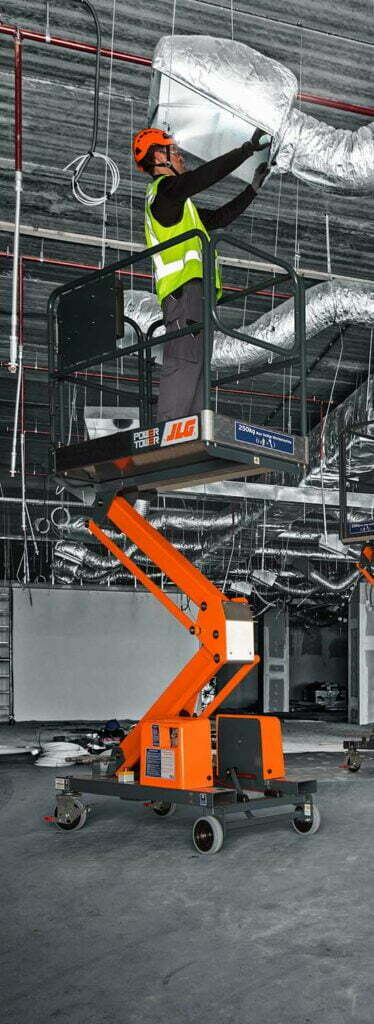Today, we want to address an important topic that affects many industries and professionals: safety at heights. Whether you work in construction, maintenance, or any field involving elevated tasks, ensuring the well-being of workers in these environments is topmost. Let’s explore the significance of safety at heights and how we can collectively build a culture of protection and responsibility.
Why is Safety at Heights Crucial?
Working at heights poses unique challenges and potential risks that demand our utmost attention. Falls from heights continue to be one of the leading causes of serious injuries and fatalities in various industries. Therefore, embracing safety measures isn’t just a legal obligation but also an ethical responsibility. By prioritizing safety at heights, we safeguard the physical and mental well-being of workers, reduce accidents, and promote productivity.
Strategies for Enhancing Safety during Elevated Works:
1️. Comprehensive Training: Proper education and training are fundamental in equipping employees with the knowledge and skills necessary for working safely at heights. Invest in rigorous training programs that cover hazard identification, fall prevention techniques, proper use of equipment, emergency protocols, and rescue procedures. Power Towers offers own training programs, which you can read about here: Training Programs Through JLG | JLG

2. Equipment and Tools: Provide workers with high-quality safety equipment designed for working at heights, such as harnesses, lanyards, and guardrails. Regularly inspect and maintain these tools to ensure their effectiveness. Encourage employees to report any faulty or damaged equipment immediately. The range of mobile elevating platforms from Power Towers is specifically designed for safe and ergonomic work at height.
3️. Risk Assessment: Conduct thorough risk assessments before commencing any work at heights. Identify potential hazards, evaluate the risks involved, and develop comprehensive safety plans accordingly. Encourage open communication and collaboration among team members to address concerns and mitigate risks effectively. Previosly we wrote a step-by-step guide on how to conduct risk assessment, which you can find here: Working at Height Risk Assessment : a Comprehensive Guide – Power Towers
4️. Constant Supervision: Implement robust supervision and monitoring systems to ensure compliance with safety protocols. Designate competent individuals to oversee operations, provide guidance, and intervene if unsafe practices are observed. Encourage a culture of accountability where everyone feels empowered to speak up and report any safety concerns.
5️. Communication and Awareness: Foster a culture of continuous learning and awareness around safety at heights. Regularly communicate safety guidelines, updates, and best practices to all employees. Organize toolbox talks, safety meetings, and workshops to share knowledge and reinforce safe working habits.
6️. Regular Audits and Evaluations: Conduct periodic audits and evaluations to assess the effectiveness of safety measures and identify areas for improvement. Involve employees in the process by seeking their feedback and insights. Make data-driven decisions to enhance safety practices and policies.
Finally…
By collectively embracing a culture of protection and responsibility, we can significantly reduce accidents, injuries, and loss of life associated with working at heights. Let’s prioritize safety in every decision we make, and encourage others to do the same. Together, we can create a safer working environment for all.

